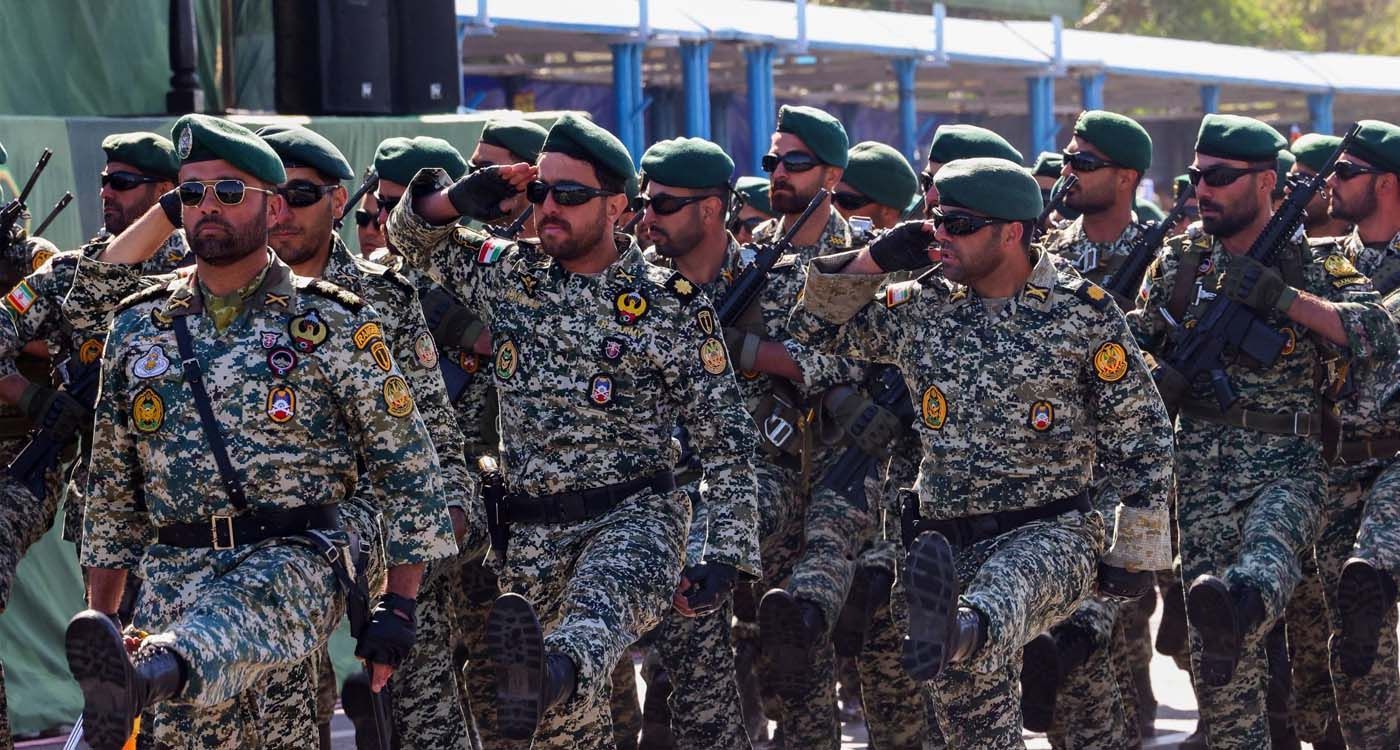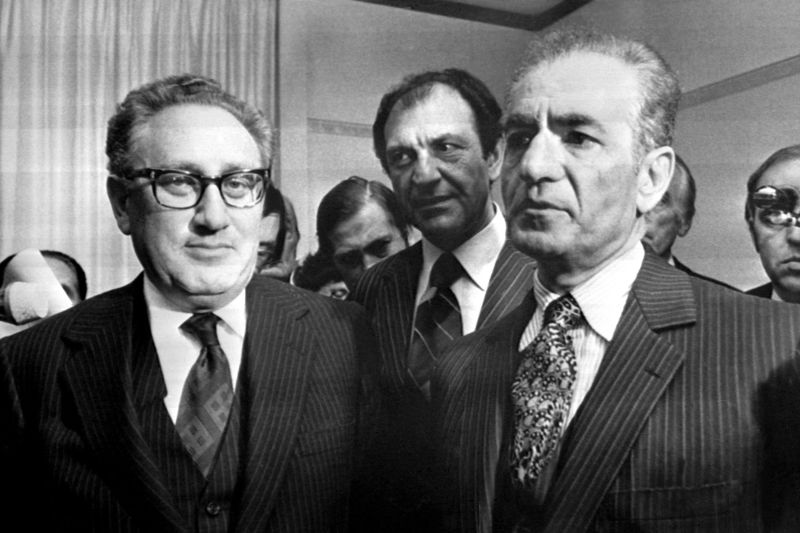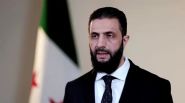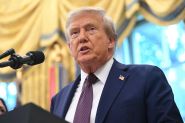- Home
- Arab World
- Could the Artesh Take the Helm After Khamenei?

Soldiers march in a military parade marking the annual Iranian Army Day in Tehran, April 18, 2025. ©Atta KENARE/AFP
What would Iran look like if the Islamic regime collapsed? Could the Artesh, the national conventional army, have the capacity or legitimacy to stabilize the country? Or would it remain overshadowed by the Revolutionary Guards (Pasdaran), the dominant force in Iran’s security apparatus?
“Two forces that are both complementary and in competition, a duality embedded in every aspect of Iranian political and social life, opposing Islamic ideology to republican equality.” (Bernard Hourcade)
For only the second time since its founding in 1979, the Islamic Republic of Iran is engaged in direct military confrontation. Traditionally relying on asymmetric and proxy warfare, Iran has become a direct belligerent in the conflict reshaping the Near and Middle East since October 2023. Ranked among the world’s top 20 military powers, Iran’s defense structure is notable for its dual command: the Islamic Revolutionary Guard Corps (IRGC) and the Artesh, its regular army.
A Conventional Army Shaped by Revolution
The Artesh traces its origins to the Pahlavi era. Modernized under Shah Mohammad Reza Pahlavi with US support, it was designed to position Iran as a regional power.

US Secretary of State Henry Kissinger (L), with the Shah of Iran, Mohammad Reza Pahlavi, taken on February 18, 1975, in Zurich ©AFP
Following the 1979 Islamic Revolution, the Artesh underwent profound upheaval. Purges, exiles and executions targeted its leadership amid suspicions regarding their loyalty to the new regime. Yet, the outbreak of the Iran-Iraq War quickly necessitated its rehabilitation, as its experience and effectiveness surpassed those of the emerging revolutionary militias.
Today, the Artesh remains a substantial force, with approximately 420,000 personnel according to 2023 US intelligence estimates, organized into four traditional military branches. Despite its size, the Artesh’s political influence is limited; it solely focuses on territorial defense and lacks a defined offensive doctrine or broader strategic vision.
The Deep-Rooted Pasdaran
While the Artesh maintains a traditional military remit, its counterpart, the IRGC, wields greater political and strategic influence. With an estimated 190,000 personnel, the Pasdaran control vital strategic assets such as ballistic missiles, drones, cyber defense, electronic warfare and expeditionary units like the Quds Force. Their reach extends well beyond the battlefield: they hold significant stakes in the national economy, command militias abroad (or what remains of them), and shape the regime’s political trajectory.
This stark imbalance in power and resources raises questions about the Artesh’s true role. Often marginalized from centers of power and relegated to symbolic functions, the Artesh appears as a capable, yet constrained force. Analysts often describe it as a “technician” army, primarily a guarantor of state continuity, lacking independent ambition and modern technical capabilities.
An Uncertain Future
In the face of strategic uncertainty, whether the Artesh could emerge as a stabilizing or transitional force if the regime falls or transforms remains unclear. The outcome largely depends on the nature of the regime’s collapse, whether it results from popular uprising, foreign intervention or an internal shift initiated by the Pasdaran themselves. Any political role assumed by the Artesh would represent a historic departure for an institution that has traditionally shunned power, potentially reshaping Iran’s future amid unprecedented uncertainty.
Read more





Comments